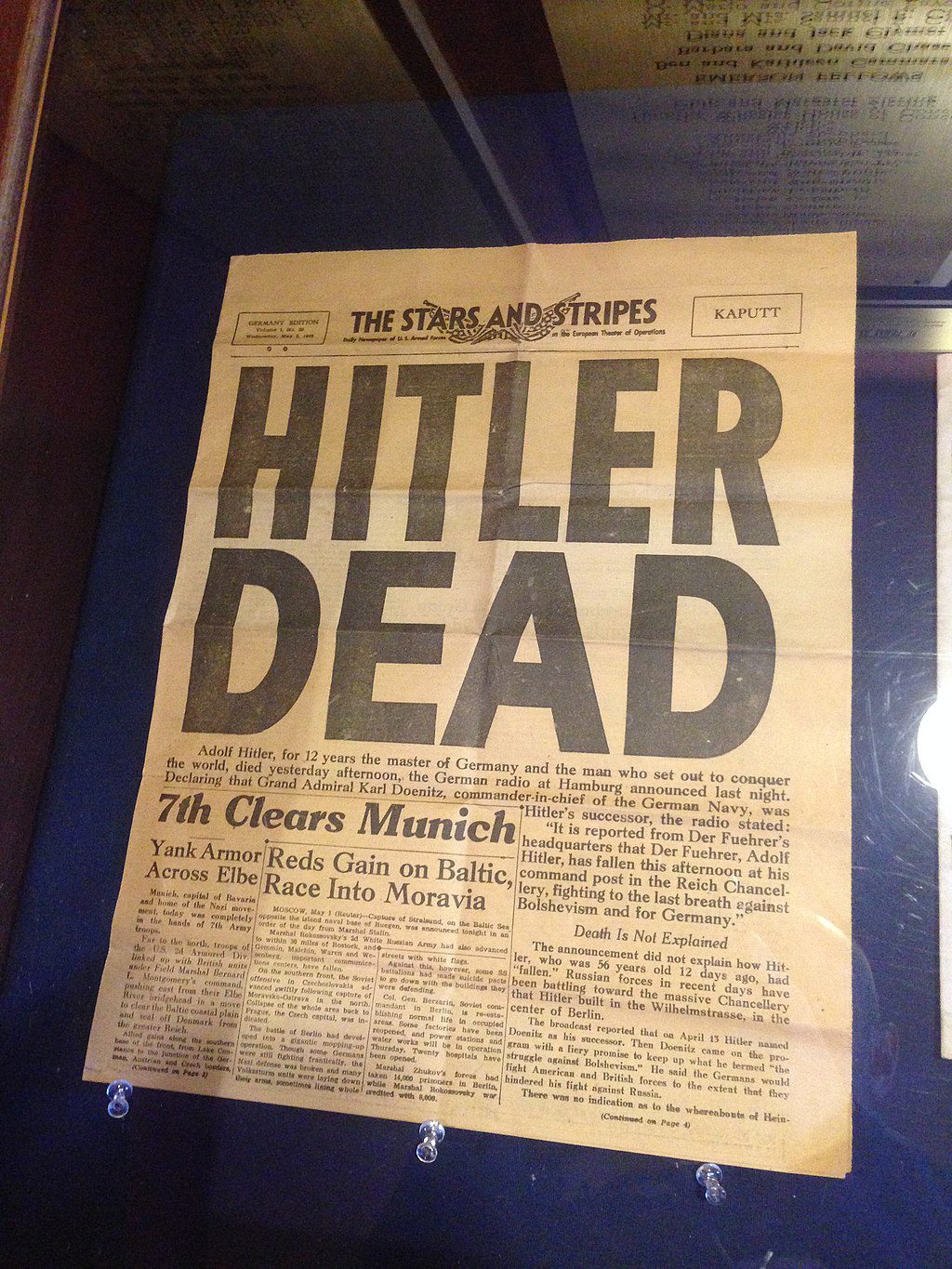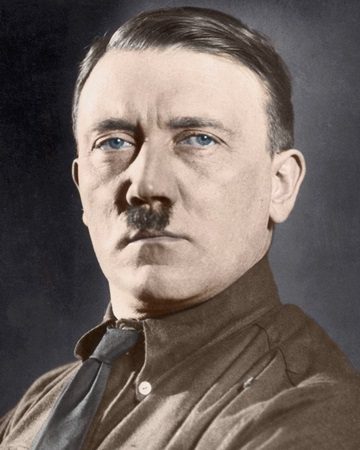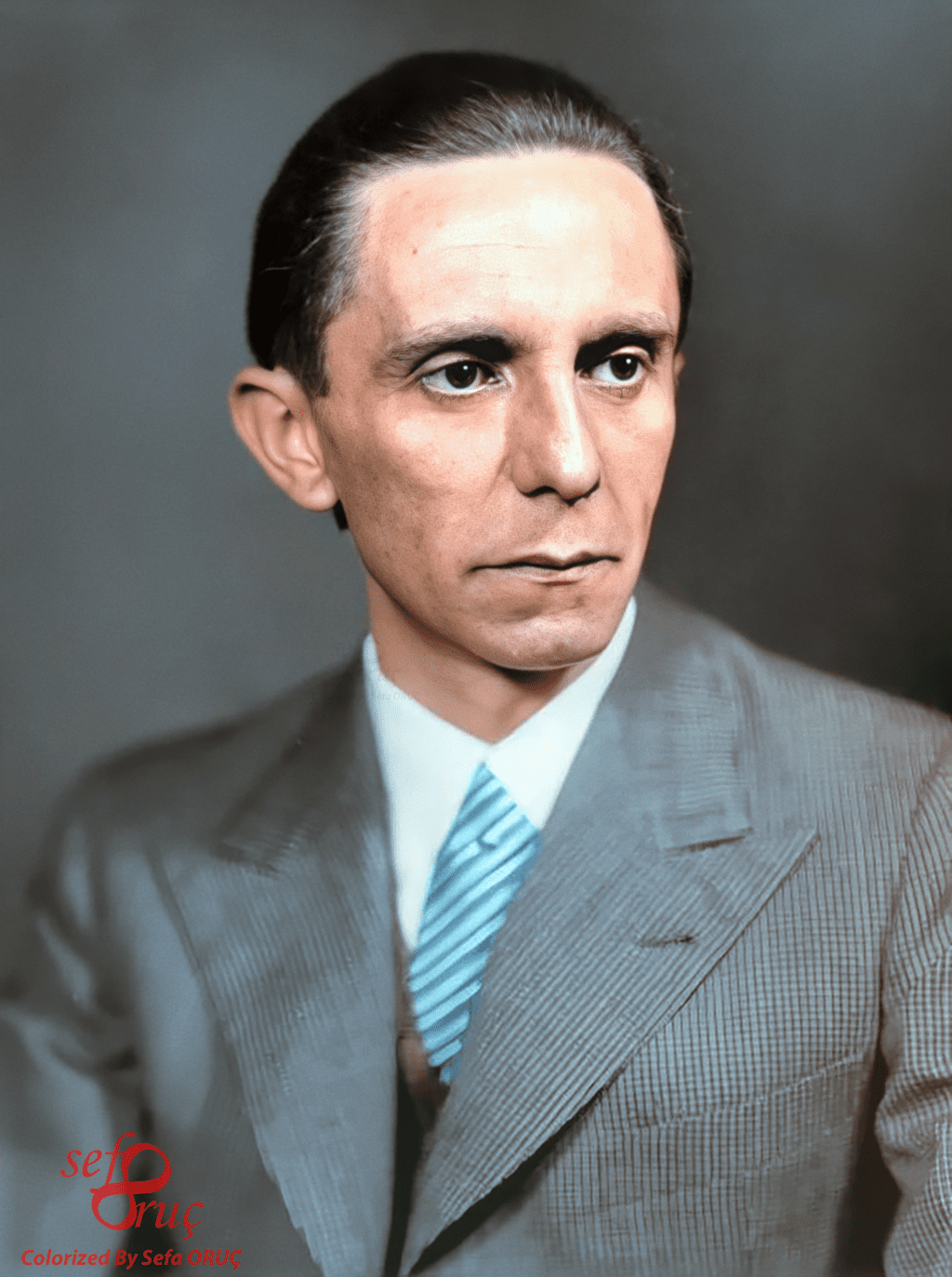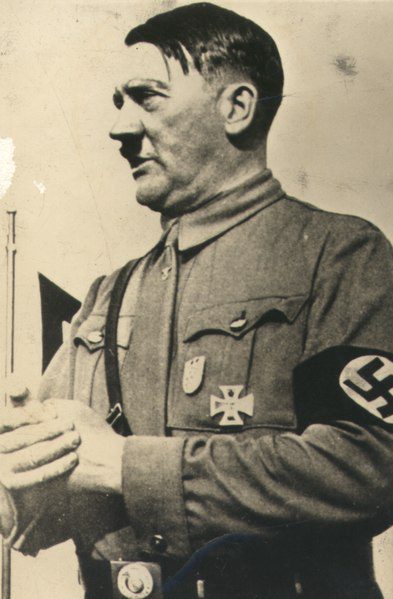10 Historical Facts About Adolf Hitler’s Last Days and Death
One of the worst times in human history came to a sudden end when Adolf Hitler passed away. As the Russians closed in on Berlin on April 30, 1945, the Führer committed suicide there, putting an end to the Nazi regime.
Hitler believed he was Germany’s salvation before he was murdered. Hitler had promised to restore Germany to its former glory after the country’s humiliating loss in World War I. Hitler rose to power as a result of the Great Depression, which was particularly severe in Germany but all his plans failed and in the end, he was nothing but a passing smoke.
Here are facts about Adolf Hitler’s last days and death.
1. Hitler’s last days were spent in his underground bunker
Hitler was obviously the most wanted man at the time he ended up spending his time in separation as he hid in his underground bunker. While Hitler lived in isolation his physical and mental state started deteriorating and as his defeat became more apparent more of his people chose to walk away from the collapsing empire that he had built.
In the end, he was a man that was confined to the Führerbunker where he tried to maintain his importance by engaging in useless military discussions.
2. Adolf Hitler committed suicide
Adolph Hitler committed the final and most horrifying act when he took his own life on April 30, 1945, in his underground bunker in Berlin. It was an obviously hard time for him because he was trying to hide from the Allied troops who surrounded the city, in the end, he bit into a cyanide capsule and then shot himself in the head which led to a quick death that happened permanently.
3. Hitler’s body was then taken outside and burned in the garden

victorgrigas, CC BY-SA 3.0, via Wikimedia Commons
After his suicide, his body was brought outside and set on fire in the Reich Chancellery’s garden. His former assistants lit a fire and added some petrol to it with the mission to destroy any physical reminders of him. After all the years of torturing innocent human beings, Hitler and his newly wedded wife ended up in flames. His body was burned in the garden as a final act of disposal.
4. His last meal was spaghetti with a raisin and cabbage salad
Eva, now Hitler’s wife, went to bed in the days before their suicide because she wasn’t feeling too well. As he had done every day since the Battle of Stalingrad, Hitler shared a simple lunch of spaghetti and a sultana and cabbage salad with his two secretaries.
At the same time, Berlin’s citizens were starving to death outside.- Many people were kept in the dark about his death even within the bunk, at the time of his death his personal chef was making mashed potatoes.
5. He tested his cyanide on his dog first
He wasn’t sure the cyanide pills would work either, so he gave one to his favourite dog, Blondi, just to be sure. Feldwebel Fritz Tornow, Hitler’s dog handler, would later shoot Blondi’s puppies and bury them outside before Hitler’s demise.
6. Hitler’s remains were discovered by the Soviets

Kentot785, CC BY-SA 4.0, via Wikimedia Commons
On May 2nd, 1945 the Soviet troops discovered the remains of Adolf Hitler and Eva Braun. You must be wondering how they managed to confirm that the remains were theirs, right? The Soviets actually conducted an autopsy in secret and kept the results to themselves for some time before revealing that they had actually identified them. What is even more interesting is the fact that they were able to get the remains even if it was found under the wreckage and chaos.
7. Hitler was not alone in the bunker

Bundesarchiv, Bild 146-1968-101-20A / Heinrich Hoffmann / CC-BY-SA 3.0, CC BY-SA 3.0 DE, via Wikimedia Commons
A few people who were in the bunker throughout Hitler’s final days and his death were there to witness the tragic events that took place. Traudl Junge, Joseph Goebbels’ secretary, was one of the people who made it out of the bunker and lived through the war. These are the same people who ended up giving important insights about Hitler’s life and how they managed to survive the last days with Adolf.
8. After Hitler’s death other Nazi officials were left to beg for mercy
Knowing that Germany would soon be defeated, the surviving Nazi leaders tried to negotiate a surrender with the Allies after Adolf Hitler passed away. Some of Hitler’s closest circle members realised that continuing to resist would be pointless after he was gone.
Negotiations began under the direction of Admiral Karl Dönitz, who briefly took over as Hitler’s deputy. Their attempts, however, failed because the Allies required a complete and total surrender, with no opportunity for negotiation or compassion. Germany’s unconditional surrender on May 7, 1945, meant the end of World War II in Europe.
9. Measures were taken to ensure that his body wouldn’t become a shrine
There were steps taken to ensure the disposal and hiding of Adolf Hitler’s body in order to avoid it from becoming a shrine or a main focus for his supporters. Soviet troops recovered his remains, and it was decided to keep the location a secret and dispose of the body covertly.
Hitler’s remains were initially put in a mausoleum in the East German city of Magdeburg. The Soviet KGB, however, exhumed the bodies, burned them, and dumped the ashes in the Elbe River in 1970. These steps were done to get rid of any physical remains that would feed Hitler’s cult of personality as well as to reduce any symbolic importance that his remains might have had.
10. There are different conspiracy theories that argue Hitler managed to get away

Brazilian National Archives, Public domain, via Wikimedia Commons
There are still many conspiracy theories floating around today based on the circumstances surrounding Adolf Hitler’s passing. Some of these ideas say that Hitler did not die in the bunker but rather escaped; they range from reports of his supposed survival in South America to his secret relocation to Antarctica. These arguments frequently rely on reported sightings, purported classified papers, or unreliable eyewitness accounts.
Yet, on the basis of copious evidence and witness accounts, historians are almost unanimous in their belief that Hitler committed suicide on April 30, 1945, in the bunker. Because of the mystery surrounding Hitler’s final days, the destruction of evidence by his aides, and the desire to fabricate a sensational story about one of history’s most notorious figures, conspiracy theories continue to circulate.
After all was said and done Hitler’s obsession with power with becoming the superior race in the world ended tragically. Germans paid for the outrageous mistakes that he made and up till now there are millions of people who are still healing from what he did.
Planning a trip to Paris ? Get ready !
These are Amazon’s best-selling travel products that you may need for coming to Paris.
Bookstore
- The best travel book : Rick Steves – Paris 2023 – Learn more here
- Fodor’s Paris 2024 – Learn more here
Travel Gear
- Venture Pal Lightweight Backpack – Learn more here
- Samsonite Winfield 2 28″ Luggage – Learn more here
- Swig Savvy’s Stainless Steel Insulated Water Bottle – Learn more here
Check Amazon’s best-seller list for the most popular travel accessories. We sometimes read this list just to find out what new travel products people are buying.











